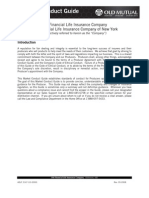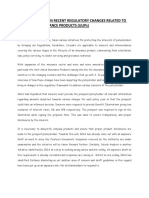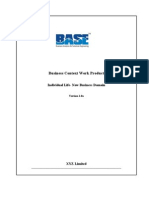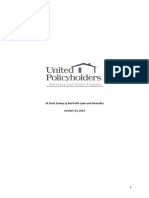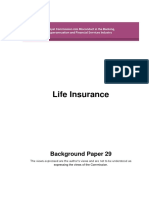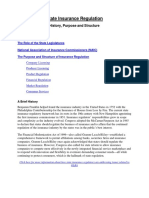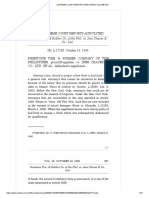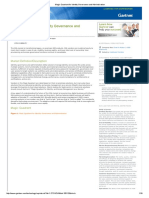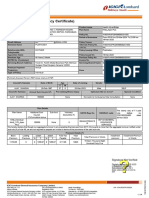0% found this document useful (0 votes)
39 views1 pageAIRC 421 Module 1 Lesson 1 Lesson Summary
Insurers follow a five-step process for developing new life or annuity products, which includes idea generation, feasibility analysis, technical design, product introduction, and monitoring. States regulate premium rates and underwriting guidelines, requiring insurers to file policy forms through the System for Electronic Rate and Form Filing (SERFF) with specific documentation. The Interstate Insurance Product Regulation Compact facilitates compliance for insurers operating in multiple states by providing uniform standards and a central filing point.
Uploaded by
Shiji MathewCopyright
© © All Rights Reserved
We take content rights seriously. If you suspect this is your content, claim it here.
Available Formats
Download as PDF, TXT or read online on Scribd
0% found this document useful (0 votes)
39 views1 pageAIRC 421 Module 1 Lesson 1 Lesson Summary
Insurers follow a five-step process for developing new life or annuity products, which includes idea generation, feasibility analysis, technical design, product introduction, and monitoring. States regulate premium rates and underwriting guidelines, requiring insurers to file policy forms through the System for Electronic Rate and Form Filing (SERFF) with specific documentation. The Interstate Insurance Product Regulation Compact facilitates compliance for insurers operating in multiple states by providing uniform standards and a central filing point.
Uploaded by
Shiji MathewCopyright
© © All Rights Reserved
We take content rights seriously. If you suspect this is your content, claim it here.
Available Formats
Download as PDF, TXT or read online on Scribd
/ 1












